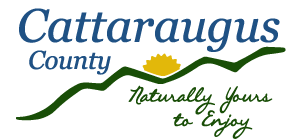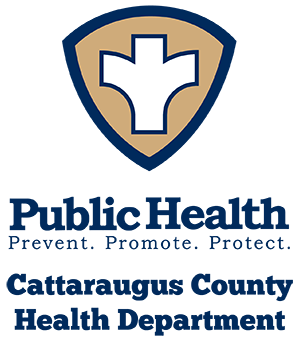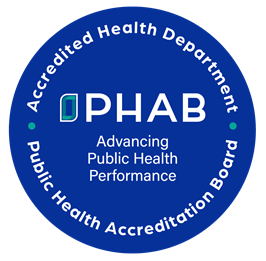FREE Program Not Available
We are sorry but this FREE program is not available at this time however we recommend to have your water tested periodically.
Water-Testing Laboratories
- Cattaraugus County Laboratory can test your water
- Drinking Water Testing Kits from Advanced Analytical Technologies - Orangeburg, NY
- Drinking Water Test Kits from EMSL Analytical, Inc. - New York, NY
- Do-It-Yourself Drinking Water Test Kits from Envirotest Laboratories, Inc. - Newburgh, NY
Common Questions about Lead in Drinking Water
How does lead get into the water we drink?
In most cases, lead in drinking water does not come from the source itself but from a plumbing system such as water fixtures, pipes and solder.Water in the plumbing system can dissolve lead from fixtures, pipes and solder. This is called leaching. Soft, corrosive or acidic (low pH) water is more likely to cause leaching. Water left standing in plumbing systems over a long period of time also increases leaching. The longer the water stands in the pipes, the greater the possibility of lead being dissolved into the water.
What can I do to reduce the lead level in my drinking water?
If the lead level is higher than 0.015 mg/l only in your "first-draw-sample", then the source of lead in your drinking water is likely from the fixture. You should:
- Run your water to flush out lead. Run water for at least 30 seconds or until water is cold to the touch or reaches a steady temperature before using it for drinking or cooking if it hasn't been used for several hours. This flushes lead-containing water from the fixture.
- Use only cold tap water for cooking, drinking or making a baby's formula. Do not cook with or drink water from the hot water tap; lead dissolves more easily into hot water. DO NOT USE WATER FROM THE HOT WATER TAP TO MAKE BABY FORMULA.
- Do not boil water to remove lead. Boiling water will not reduce lead.
- Replace your plumbing fixtures if they are found to contain lead. Plumbing materials, including pipes, new brass faucets, fittings, and valves, including those advertised as "lead-free," may contribute lead to drinking water. The law allows plumbing products (such as pipes, pipe fittings, plumbing fittings and fixtures) with a weighted average of the lead content of wetted surfaces of up to 0.25% lead to be considered "lead free." Visit the National Sanitation Foundation Web site at: www.nsf.org/Certified/Lead_content/ to learn more about lead-containing plumbing fixtures.
If the lead level is higher than 0.015 mg/l in both first-draw and flush samples, your home may be served by a lead service line and/or plumbing materials in your home may contain lead. Refer to the step 4 above. You may also want to consider purchasing bottled water or a water filter. Read the package to be sure the filter is approved to reduce lead or contact NSF International at 800-NSF-8010 or visit their website at www.nsf.org/Certified/Lead_content/ for information on performance standards for water filters. Be sure to maintain and replace a filter device in accordance with the manufacturer's instructions to protect water quality. Any measure you take to reduce your exposure to lead should be continued until the lead source(s) has been minimized or eliminated.
Contact Environmental Health
If you have any questions contact the Cattaraugus County Health Department's Division of Environmental Health at (716) 701-3386 or use the Health Department's contact form.


